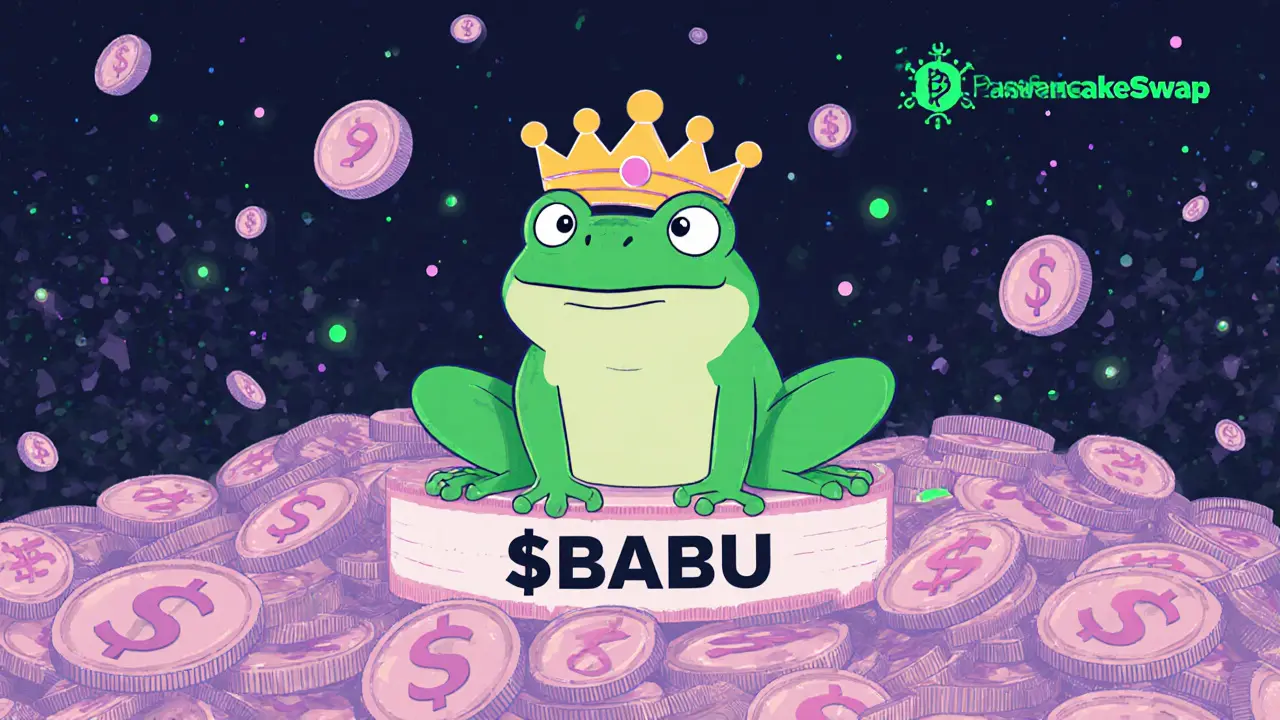Meme Coin: What They Are, Why They Surge, and What You Really Need to Know
When you hear meme coin, a cryptocurrency created as a joke or internet trend, often with no real utility beyond community hype. Also known as crypto meme, it doesn't solve problems—it spreads like a viral tweet. Meme coins like Dogecoin and Shiba Inu didn’t start as investments. They started as jokes. Someone made a coin with a dog on it. People laughed. Then they bought it. Then it went up 10,000%. And now, millions trade them every day.
What makes a meme coin different from Bitcoin or Ethereum? Nothing in code. Everything in culture. These coins don’t need whitepapers. They don’t need teams. They need memes, Twitter trends, and Elon Musk tweets. A meme coin’s value isn’t in its tech—it’s in its community. If 10,000 people believe in it, it’s worth something. If 10 million believe, it’s worth billions. That’s the magic. And the danger. Because when the meme dies, the price crashes. Fast.
And that’s why you see so many posts here about fake airdrops, dead tokens, and scam platforms. Most meme coins die within weeks. A few, like Dogecoin, stick around because they became part of the internet’s DNA. But the rest? They’re digital firecrackers—bright, loud, and gone in seconds. You’ll find posts here that break down real cases: what happened to Howl City? Why did Banx.gg vanish? Why do people still chase NFTP or HyperGraph airdrops that don’t exist? These aren’t just warnings. They’re lessons in how emotion, not logic, drives this part of crypto.
You won’t find a guide here on how to “get rich” from meme coins. You’ll find the truth: most people lose money. But if you understand why they rise, who’s behind them, and how to spot a scam before you click “claim,” you’re already ahead of 90% of traders. The posts below don’t sell you dreams. They show you what’s real, what’s fake, and what’s just noise. If you’re curious about meme coins—whether you’ve bought one or just seen the hype—you’ll find answers here. No fluff. Just facts.

